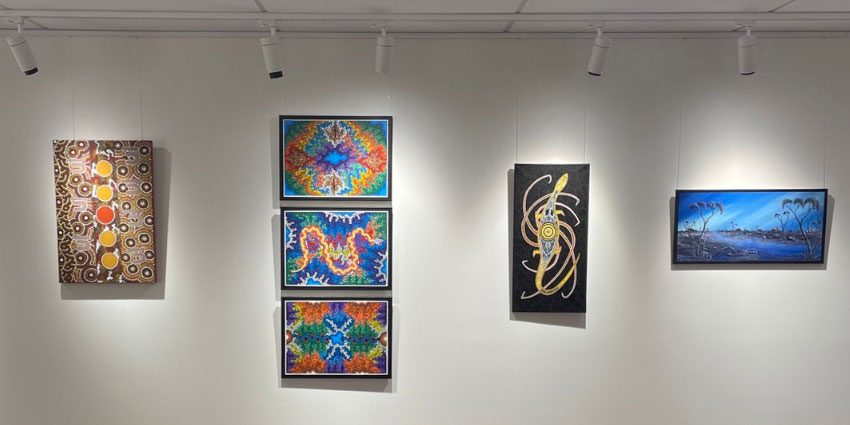
OICS said the well-maintained and well-managed minimum-medium-security prison, which houses male and female prisoners mainly from the Goldfields region, had “a lot of positives”.
Maintenance of the prison’s infrastructure is carried out by a private partner under a public-private partnership, with cost benefits likely to grow over the course of the long-term contract.
EGRP’s prisoners were offered a range of meaningful opportunities including accredited adult education courses and vocational training programs tailored to the regional job market.
OICS noted that “high enrolment numbers demonstrated strong prisoner engagement in education and training”.
The prison’s education team were committed to delivering a quality service and an Aboriginal education worker was central to the participation of Aboriginal prisoners, OICS said.
EGRP also established the unique Palya Walkaly-Walkalypa art gallery, the first art gallery within a West Australian prison, which showcases artwork created by prisoners in education and training.
Department Acting Director General Kylie Maj said the gallery demonstrated the custodial estate’s commitment to providing incarcerated people with access to purposeful activities.
“It helps foster a connection between prisoners and the community, helps break down barriers to the classroom and aids in their rehabilitation and reintegration,” she said.
“Prisoners were also engaged in meaningful employment in the prison’s industries and workshops as well as via the opportunity to work on external community services and projects.”
An experienced and long-term Superintendent headed a senior leadership group who OICS found worked well together with clear direction and operating philosophies.
OICS also noted the prison’s management of at-risk prisoners was thorough with clear processes and multidisciplinary meetings involving key staff.
It acknowledged tight labour conditions nationally and regional housing and skills shortages had placed pressure on EGRP’s staffing and ability to attract and retain workers.
OICS said this contributed to parts of the facility being underutilised. More staff could help maximise prison accommodation capacity and the benefits of the public-private partnership contract, it added.
Despite the challenges, EGRP had secured a full-time mental health nurse and filled other clinical positions, enhancing comprehensive primary healthcare services and mental health support for inmates.
Corrective Services Commissioner Brad Royce said the prison had implemented further positive measures to address issues identified in the OICS report.
“These included the installation of additional closed-circuit television cameras in reception to bolster overall safety within the facility and increasing employment opportunities for prisoners,” he said.
“We are also developing targeted bulk recruitment campaigns for key custodial positions and planning a prisons staffing review to help us address current and future demands across our adult custodial facilities.
“This year we will be running a training school for prison officers in the Kalgoorlie region just for EGRP, which means local employment opportunities without having to travel to Perth for training.
“In addition, the recently established Clinical Workforce Shortages Committee aims to identify and implement solutions to help boost clinical staff levels and enhance our custodial healthcare services,” Commissioner Royce said.


